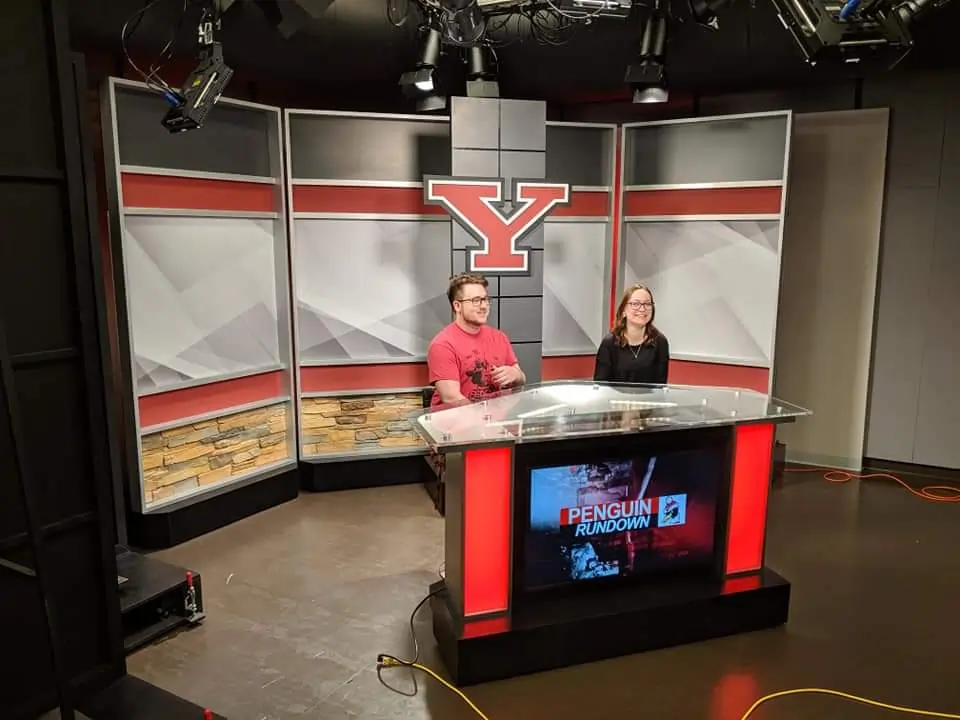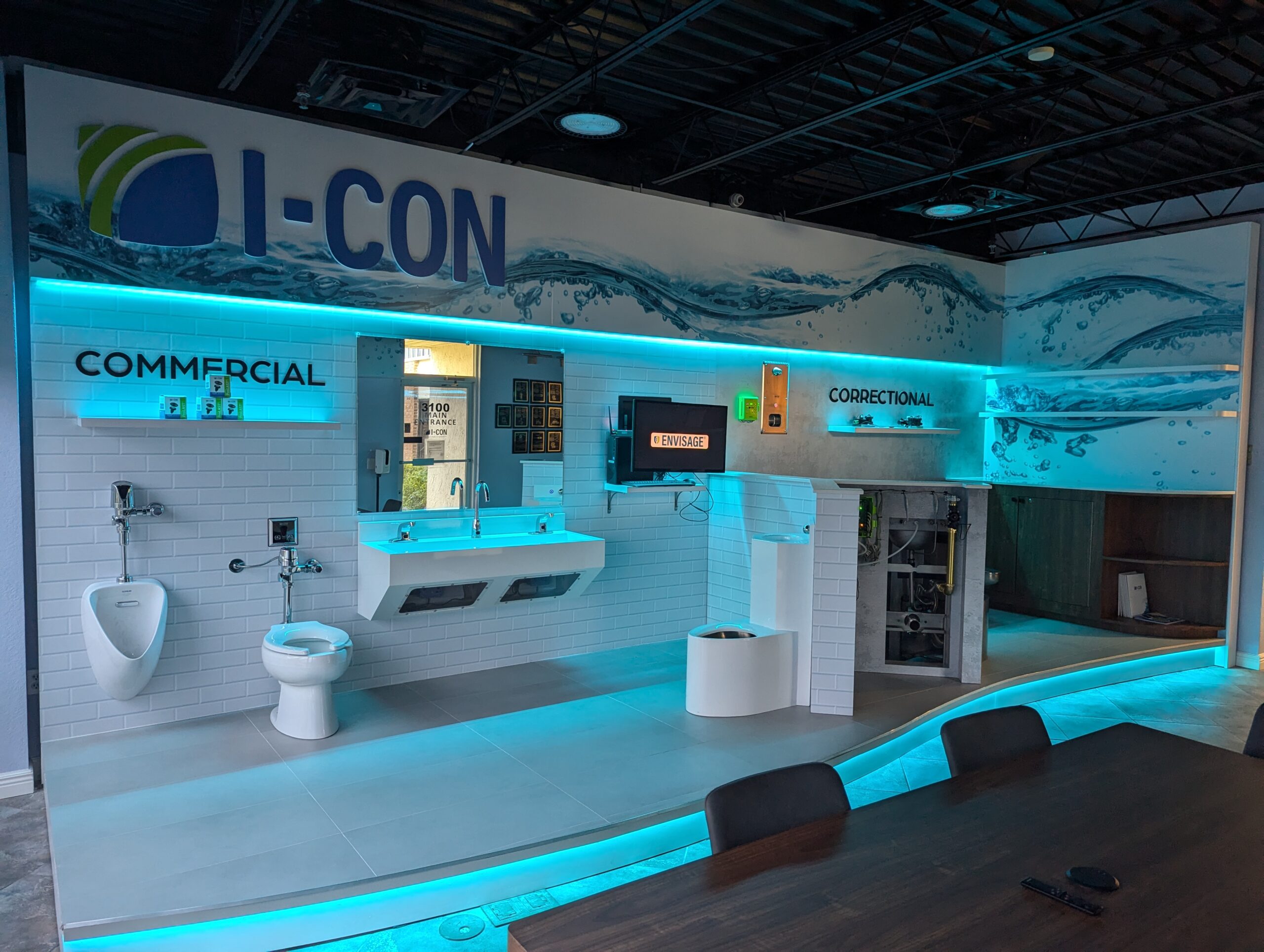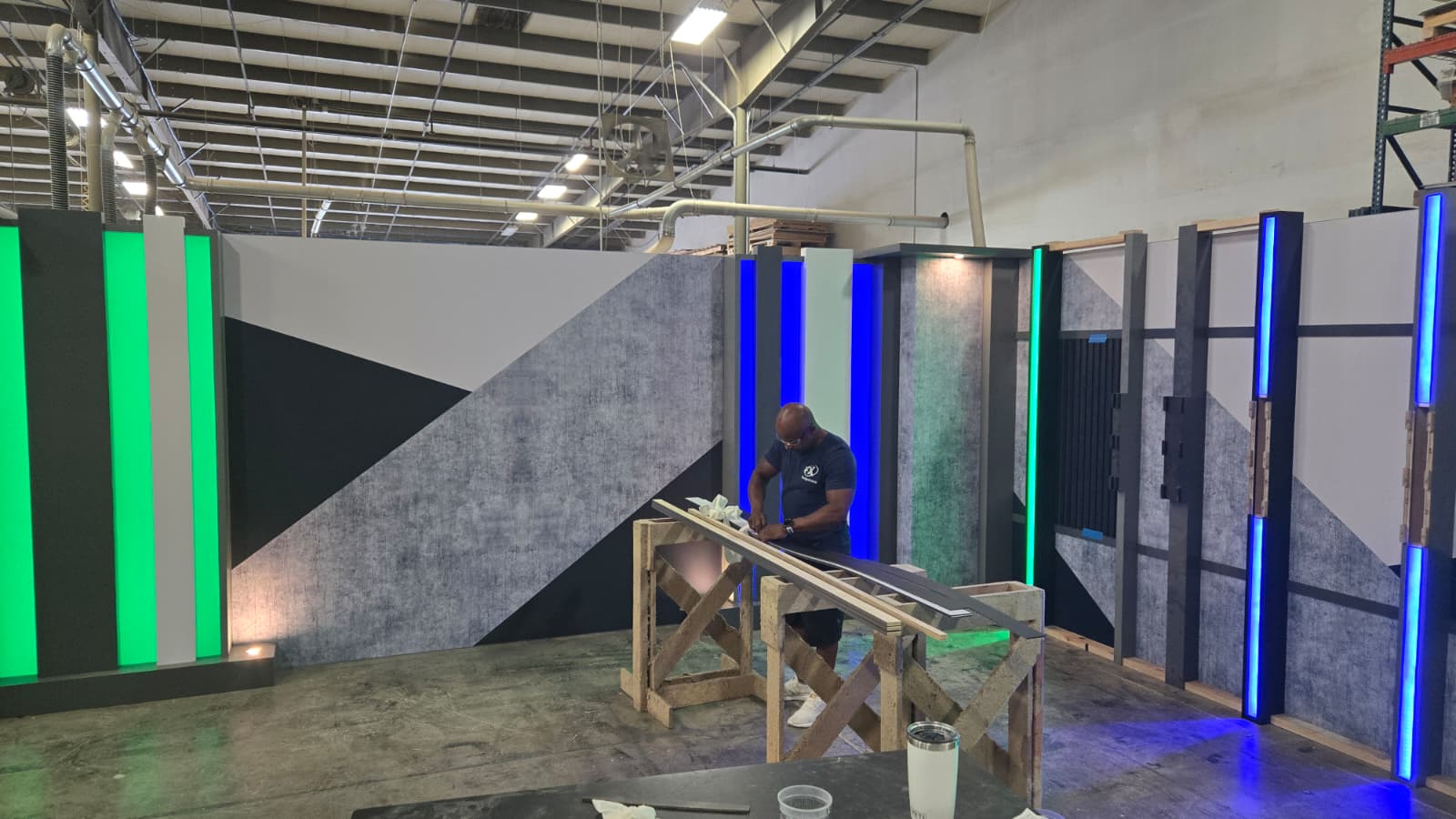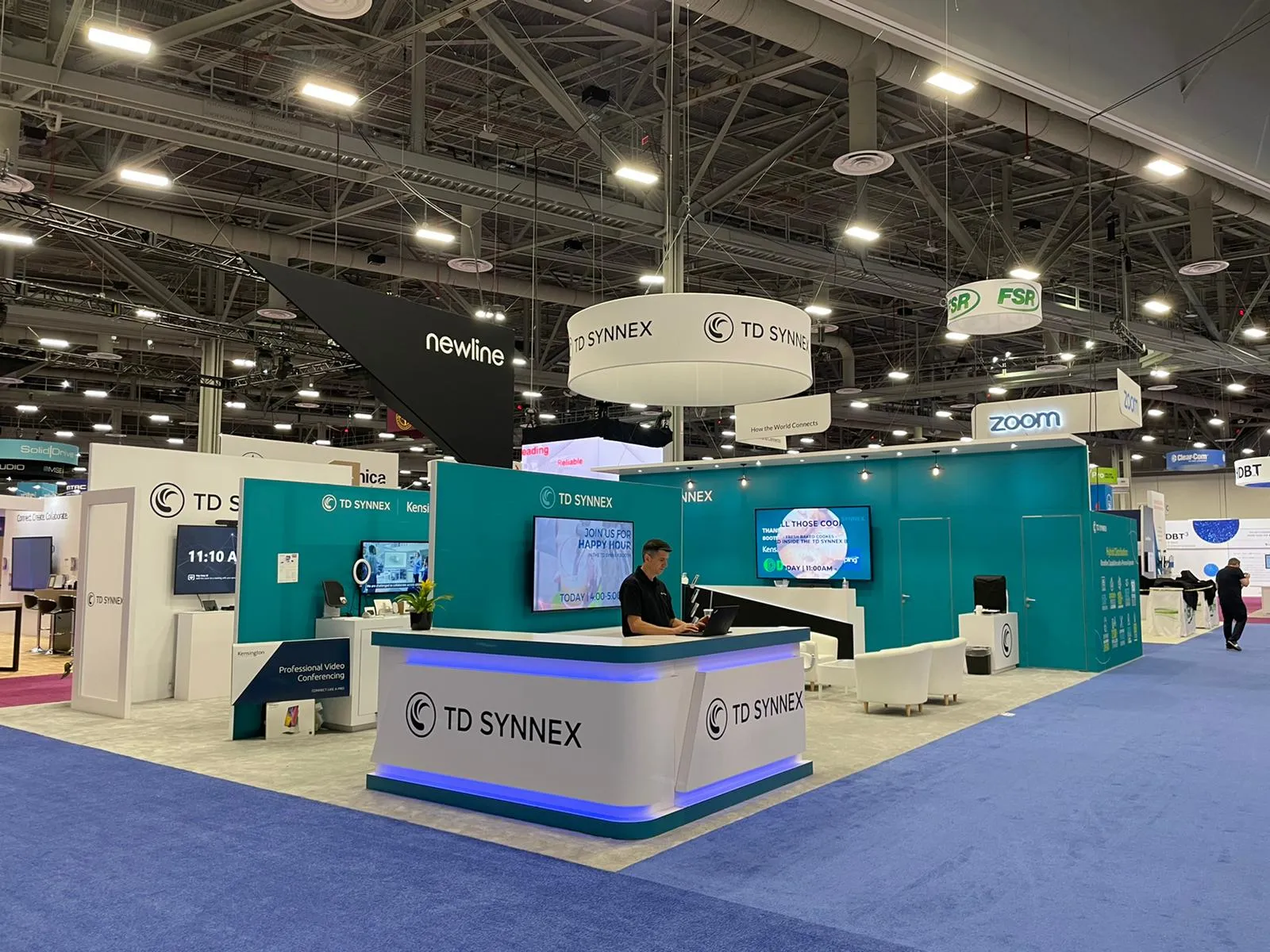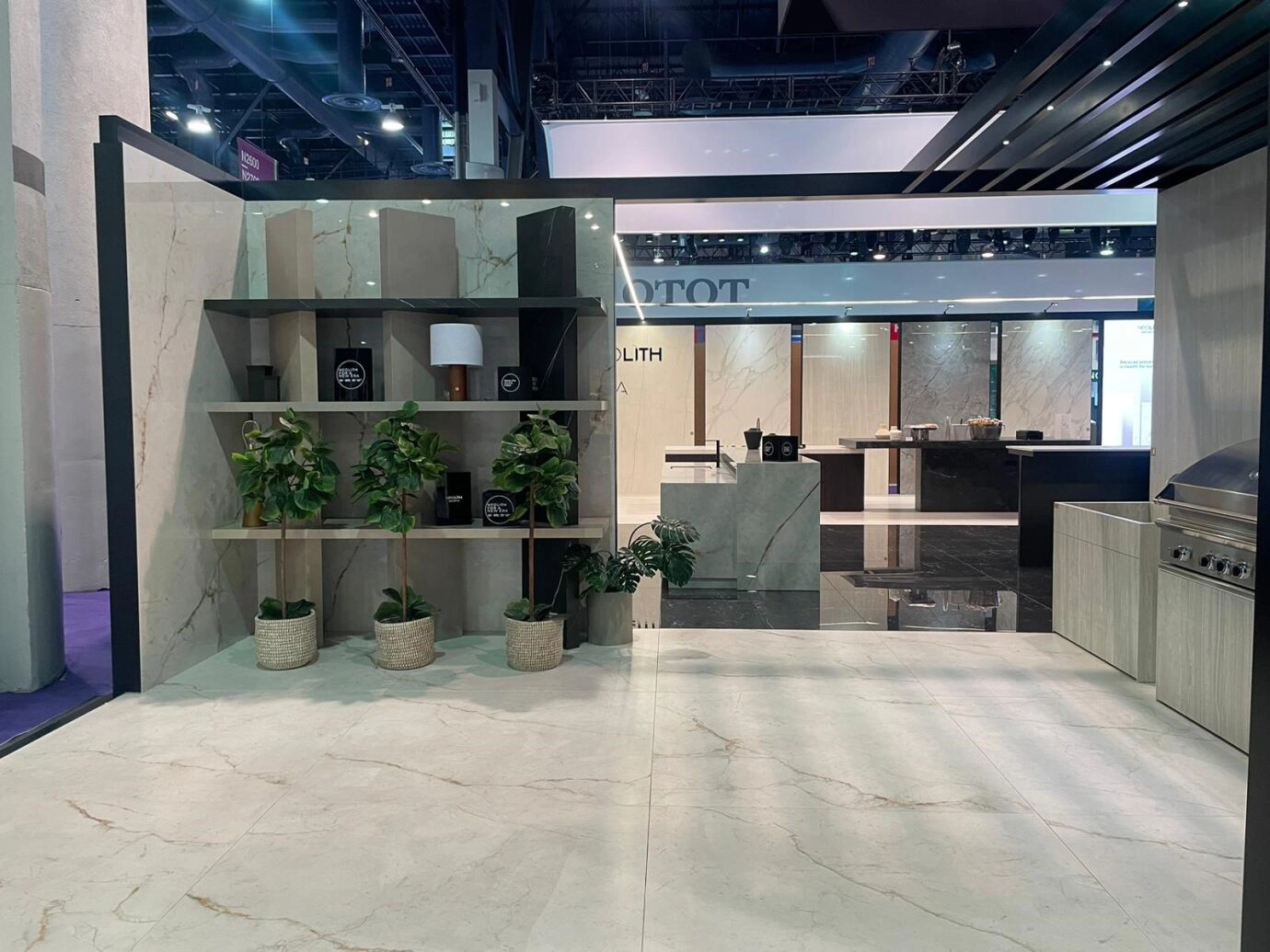 University broadcast studios are no longer just facilities for academic purposes; they are now hubs of creativity and innovation, designed to prepare students for the professional world of broadcasting and media production. Thoughtfully crafted broadcast set design offers students hands-on experience in modern broadcasting techniques, bridging the gap between education and industry.
University broadcast studios are no longer just facilities for academic purposes; they are now hubs of creativity and innovation, designed to prepare students for the professional world of broadcasting and media production. Thoughtfully crafted broadcast set design offers students hands-on experience in modern broadcasting techniques, bridging the gap between education and industry.
Studio Set Design Principles for Universities
● Real-World Simulations: Advanced lighting grids, HD cameras, and multi-screen setups mimic professional broadcast sets and news desks ensuring students gain relevant industry skills through immersive practice.
● Modular and Adaptable Spaces: Modular set pieces and reconfigurable stage designs support diverse programming, ranging from student-run newscasts to creative film projects, showcasing the versatility of immersive broadcast studio design.
● Incorporation of Technology: Tools like AR, VR, and advanced editing software integrate seamlessly into the multimedia broadcast stage, preparing students for cutting-edge production environments in both virtual broadcast environments and traditional setups.
Benefits for Student Engagement
● Hands-On Learning: Professionally designed broadcast sets provide students with opportunities to experiment with roles like directing, producing, and anchoring, building real-world expertise.
● Showcasing Talent: High-quality newsroom studio sets enable students to create polished portfolios, giving them a competitive edge in the job market and reflecting the potential of branded environments for broadcast.
● Community Connection: Professionally designed studios and custom set stages enhance campus news and event broadcasts, fostering stronger ties between the university and its stakeholders.
Innovative broadcast set design transforms university studios into powerful learning tools that inspire creativity, nurture talent, and prepare students for future success in the world of broadcasting.
FX Design Group is an industry leader in broadcast set and lighting design, tradeshow exhibits, branded environments, and retail interiors.
Located in Orlando, Florida. Proudly serving clients both across the United States and internationally.
